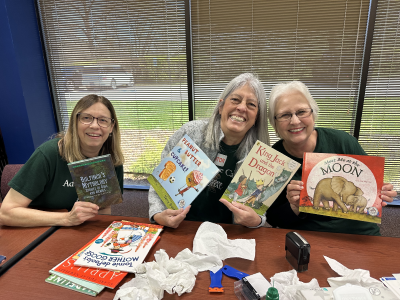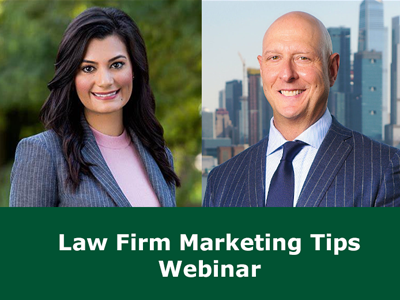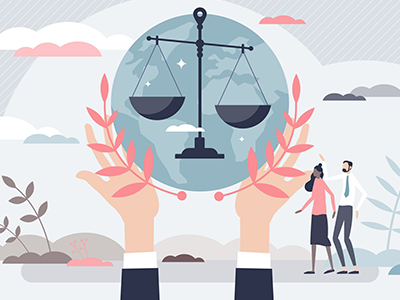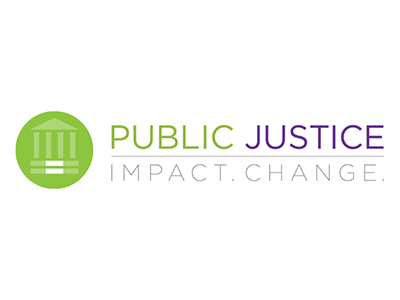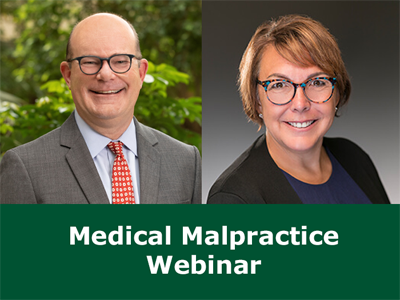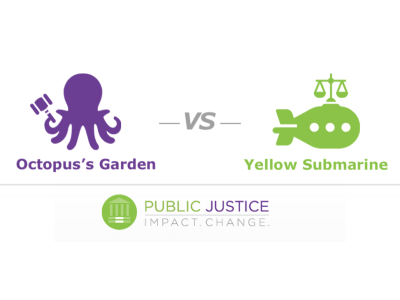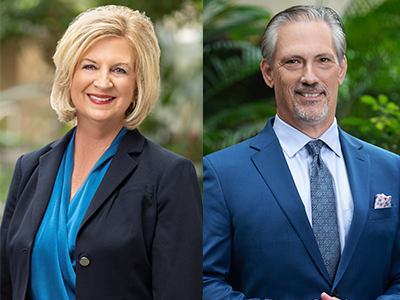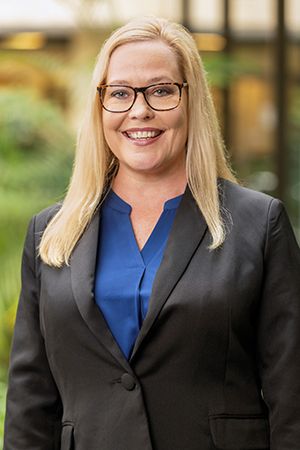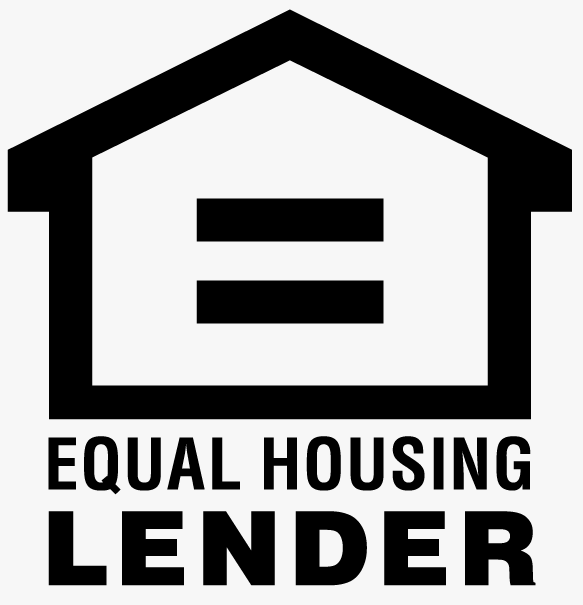Advocate Cares Volunteers at Book'em in Nashville
Our team recently volunteered at Book’em in Nashville. Book’em's mission is to create a more literate Nashville and ignite children’s passion for reading through book ownership and enthusiastic volunteers.
When Book’em donates books to children and teens in need, they want the books to be of good quality, like new, so that the recipients can feel proud of...
Read More
About Advocate Cares Volunteers at Book'em in Nashville
Law Firm Marketing Tips Webinar with William Ricigliano
Join Advocate Capital, Vice President of Marketing Rachel Minyard, and William "Bill" Ricigliano, founder and managing partner of RF Injury Law, in our upcoming webinar, Law Firm Marketing for Plaintiff Attorneys, where we'll discuss strategies to enhance your firm's visibility and attract valuable clients.Take advantage of this opportunity to elevate you...
Read More
About Law Firm Marketing Tips Webinar with William Ricigliano
Celebrating International Be Kind to Lawyers Day
Today is International Be Kind to Lawyers Day! Every year, the second Tuesday in April is designated as a day to celebrate the lawyers in our lives and recognize the indispensable role that they play in our society!
Trial lawyers are at times met with jokes and insults about their profession because of misconceptions about what they do. At Advocate Capita...
Read More
About Celebrating International Be Kind to Lawyers Day
Strategies for Trial Law Firms to Maintain Competitiveness
Authored by: Candace Whitman
In the fiercely competitive industry of trial law, staying ahead of the curve is paramount to success. Trial law firms must continuously adapt and innovate to maintain their competitive edge against other law firms, and the insurance companies and large corporations they face up against in court. In this article, we will cover...
Read More
About Strategies for Trial Law Firms to Maintain Competitiveness
Public Justice Files Amicus Brief With Social Scientists to Uphold Homeless Rights in Supreme Court Battle
Public Justice has taken a significant step in advocating for the rights of homeless individuals by submitting an amicus brief in the U.S. Supreme Court case, Grants Pass v. Johnson. This case holds tremendous importance as it addresses whether laws penalizing homeless individuals for sleeping outdoors without access to safe shelter violate the Eighth Ame...
Read More
About Public Justice Files Amicus Brief With Social Scientists to Uphold Homeless Rights in Supreme Court Battle
Medical Malpractice Webinar: Insights for Plaintiffs’ Attorneys, Now Available to Watch
In this webinar, we invite you to listen to Paul Myers, CEO and Chairman of Advocate Capital, and special guest Catherine (Katie) Bertram, Attorney and Partner at Bertram & Murphy, as they discuss the highly complex areas and challenges of medical malpractice law and strategies on how to prepare your cases for these areas.
As the legal field of medica...
Read More
About Medical Malpractice Webinar: Insights for Plaintiffs’ Attorneys, Now Available to Watch
Public Justice Phonathon 2024
It’s a battle of The Beatles songs at this year’s Public Justice Foundation Phonathon! Team Octopus’s Garden and Team Yellow Submarine will gather in Washington, D.C., on April 18th to help sign up members for Public Justice.
Paul Myers, CEO and Chairman of Advocate Capital, and Donna Jones, President and Director of Associate and Client Experiences of Ad...
Read More
About Public Justice Phonathon 2024
How to Improve Your Law Firm's Cash Flow
Cash flow can fluctuate for contingent-fee law firms, even within the most successful practices. While one month, the firm may see the resolution of a substantial case; others might pass with minimal financial activity. However, there are strategies available to help bolster cash flow and maintain financial stability. Here are some actionable steps to con...
Read More
About How to Improve Your Law Firm's Cash Flow
Headed to Vegas for MTMP!
Are you attending the Mass Torts Made Perfect 2024 Seminar next week?
Donna Jones, President and Director of Associate & Client Experience, and Jim Pacelli, Vice President of Strategic Solutions, will be heading to Las Vegas, NV. Our team will attend the conference April 3 – 5 the Wynn Las Vegas.
Stop by the Advocate Capital booth and say hi to Donna...
Read More
About Headed to Vegas for MTMP!
Employee Spotlight: Lisa Graf
The Advocate Capital, Inc. Employee Spotlight Award recognizes team members who personify Pinnacle’s Core Values: Integrity, Fairness, Learning, Partnership, Results, Balance, and Discipline. Our 2024 Q-2 winner is Lisa Graf, Executive Client Manager!
Lisa joined Advocate Capital in 2021 as a Referral Partner Coordinator, serving as liaison to our partner...
Read More
About Employee Spotlight: Lisa Graf
